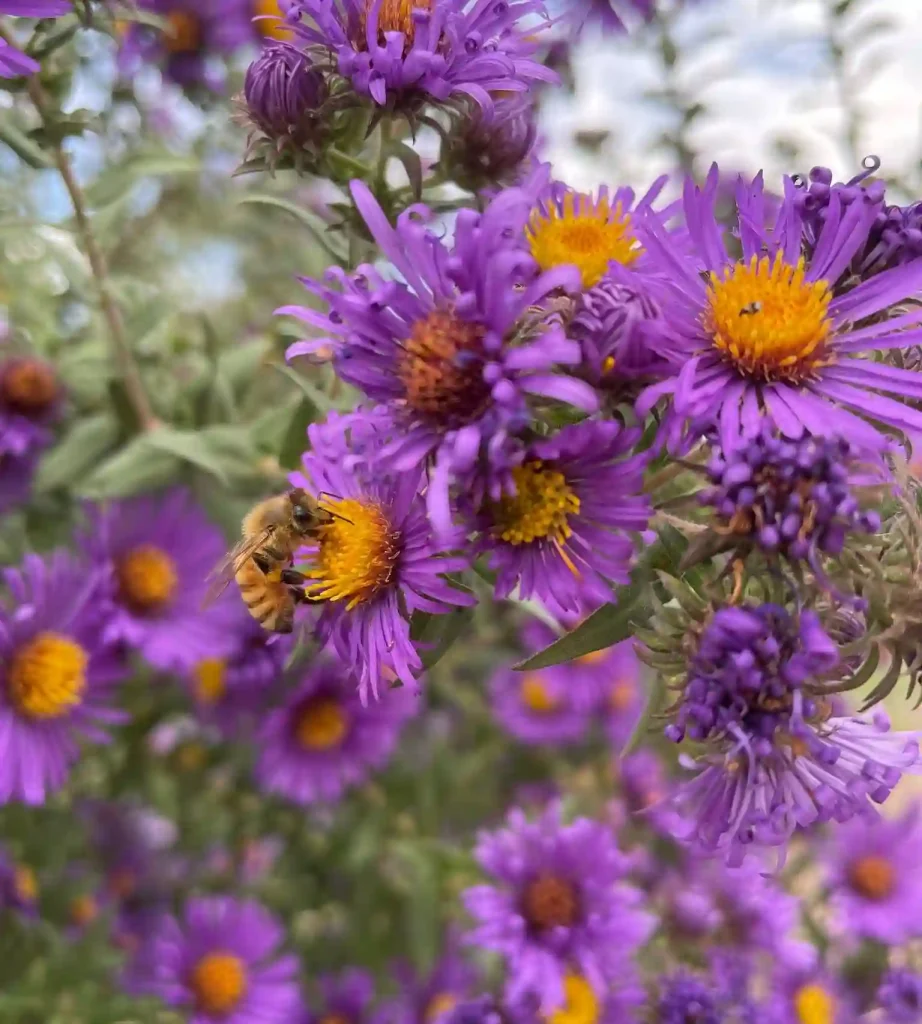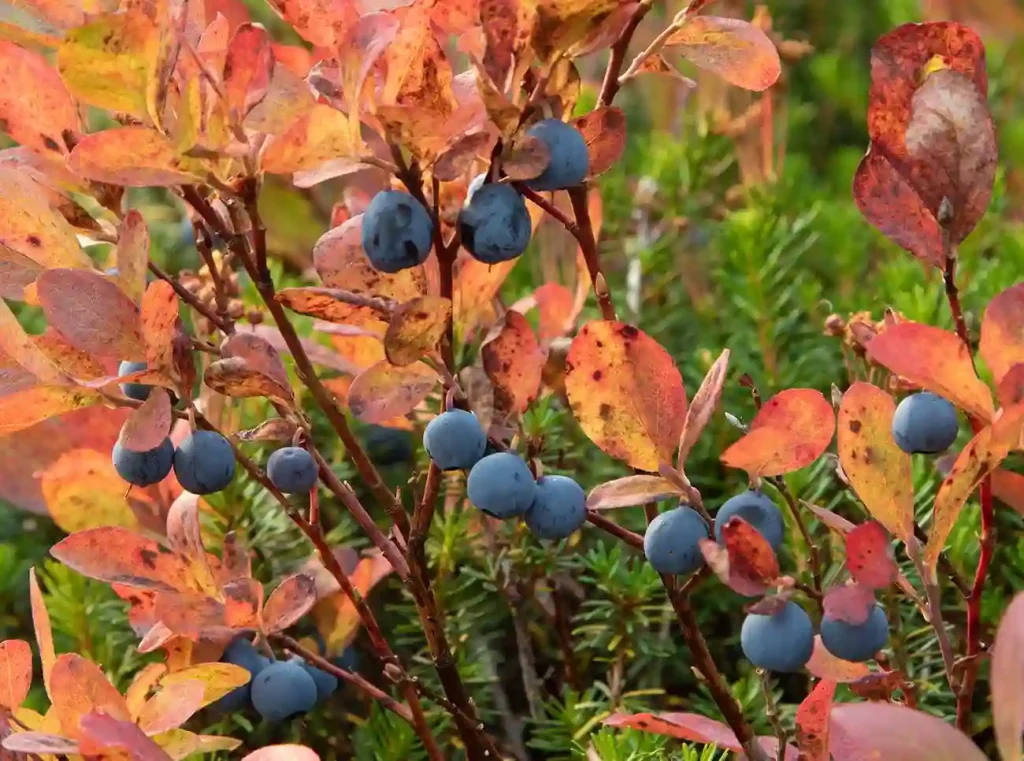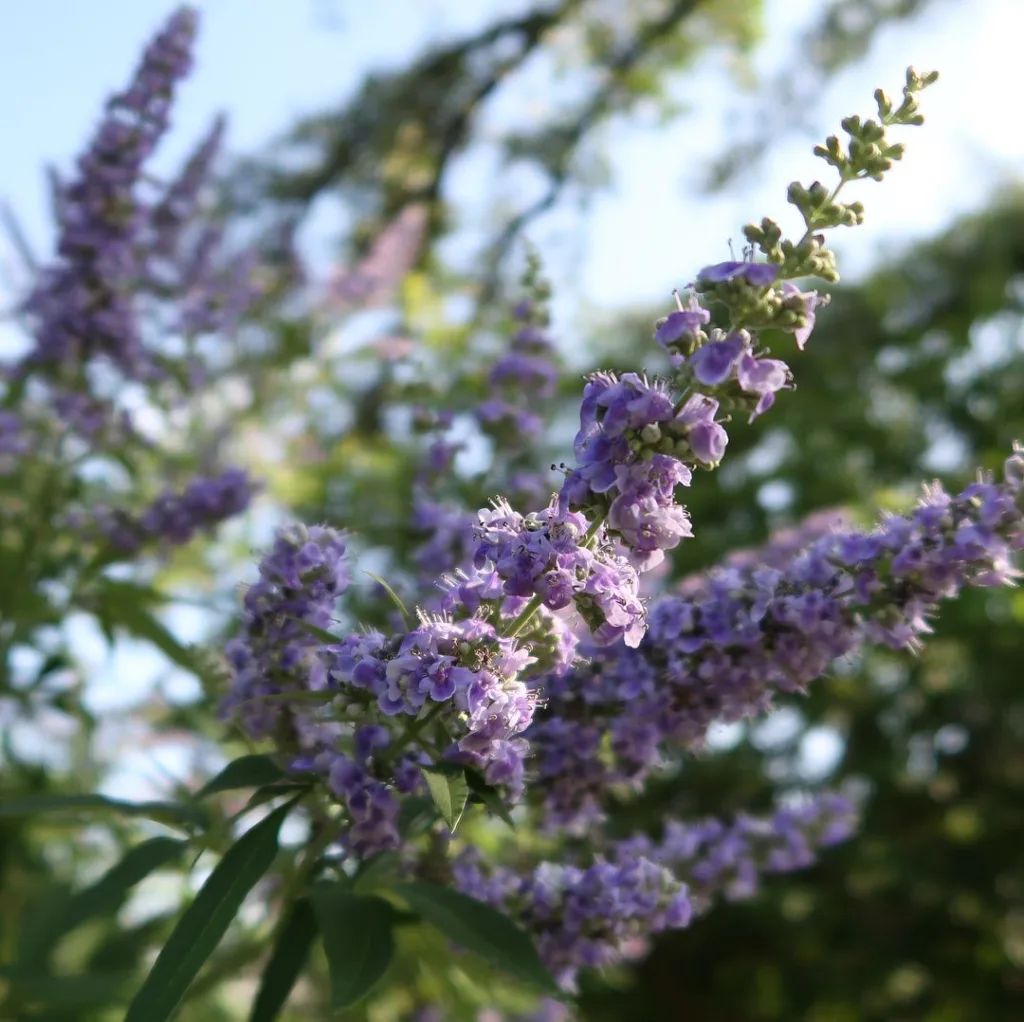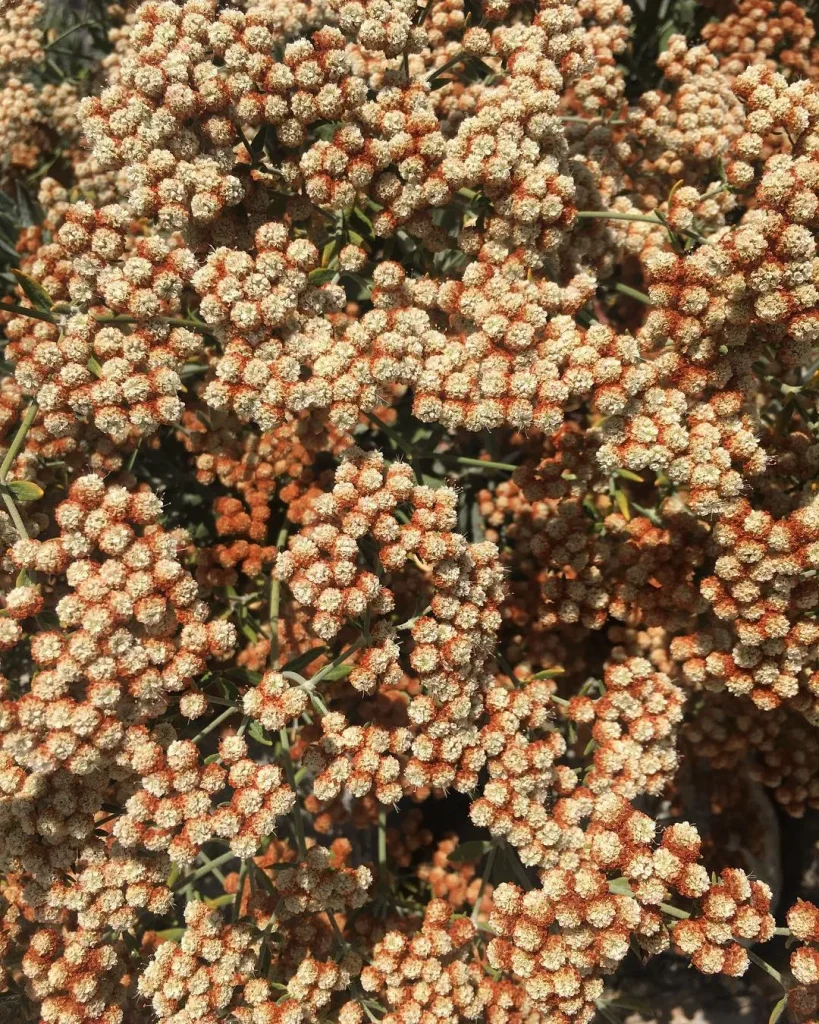
The Allure of the Black Mulberry: My Journey with Morus nigra
For years, I’d been captivated by the jewel-toned majesty of black mulberries. Their inky sweetness, a symphony of tart and sugar, was unlike anything I’d tasted before. But these weren’t just culinary delights; they possessed a history as rich and ancient as their color. Intrigued, I embarked on a quest to learn everything I could about Morus nigra, the bearer of these delectable fruits.
Where Does the Morus Nigra Live?
The black mulberry’s origins are shrouded in mystery. Cultivated for so long, its exact birthplace in southwestern Asia remains unclear. Despite the ambiguity, one thing is certain: Morus nigra thrives in warm climates with well-drained soil. It basks in the sun, demanding at least six hours of daily sunlight to truly flourish.
Morus Nigra vs Morus Rubra
I’ve had a chance to grow both Morus nigra and Morus rubra, and I can definitely share some thoughts based on my own experience. Morus nigra, or the black mulberry, has been a standout for me with its deep purple, almost black fruit that’s incredibly sweet. The fruiting season is a bit shorter, but the flavor is so rich that it makes up for it. On the other hand, Morus rubra, the red mulberry, tends to be more productive over a longer period. The berries are a bit tart and not as sweet as the black mulberry, but they’re still quite delicious. I found the red mulberry to be a bit more adaptable to different soil conditions, whereas the black mulberry seemed a bit pickier about its environment. Overall, both have their charms, but if you’re looking for a sweeter fruit and don’t mind a shorter season, Morus nigra might be the way to go.
How is Morus nigra Propagated?
There are two primary ways to propagate Morus nigra: seeds and cuttings. Seed propagation is a patient endeavor, with germination rates varying wildly. The seeds require a period of cold stratification, mimicking winter’s embrace, before they’ll even consider sprouting. But for the dedicated gardener, the reward of nurturing a Morus nigra from seed is an unmatched satisfaction.
Cuttings, on the other hand, offer a faster route. Semi-hardwood cuttings taken in late summer can be rooted in a well-draining medium like perlite or sand. With proper care and a touch of patience, these cuttings will develop into robust young trees.
Where to Buy Morus nigra?
While Morus nigra isn’t as ubiquitous as its white mulberry cousin (Morus alba), acquiring a tree isn’t an insurmountable task. Online nurseries and specialty plant stores often carry them. Alternatively, some local gardening enthusiasts might even propagate their own trees and offer them for sale. Just be sure to purchase from a reputable source to ensure you’re getting a healthy, true-to-type Morus nigra.
Will Morus nigra Hybridize with Morus alba?
The answer is yes! Morus nigra and Morus alba can readily interbreed, resulting in hybrid offspring. These hybrids often display characteristics of both parent trees, with fruit color and flavor falling somewhere between the deep black of Morus nigra and the paler shades of Morus alba.
Will Morus nigra Hybridize with Morus rubra?
Morus rubra, the American mulberry, is a less likely candidate for hybridization with Morus nigra. While some reports suggest it’s possible, successful crosses are far less common.
Beyond the Basics: My Morus nigra Journey Continues
My fascination with Morus nigra extends beyond its propagation and provenance. I’m constantly experimenting with new ways to use its bounty. The inky fruits lend themselves beautifully to jams, jellies, and syrups, their tartness a delightful counterpoint to sweet desserts. The dried mulberries are a healthy and addictive snack, bursting with antioxidants and vitamins.
But the journey doesn’t end there. I’m eager to explore the potential of Morus nigra wine and vinegar, intrigued by the unique flavor profile these might possess. As the seasons change, I’ll be closely observing my tree, learning its language, and uncovering the secrets it holds. The Morus nigra, with its dark allure and hidden depths, has become more than just a plant in my garden; it’s a constant source of discovery and delight.




